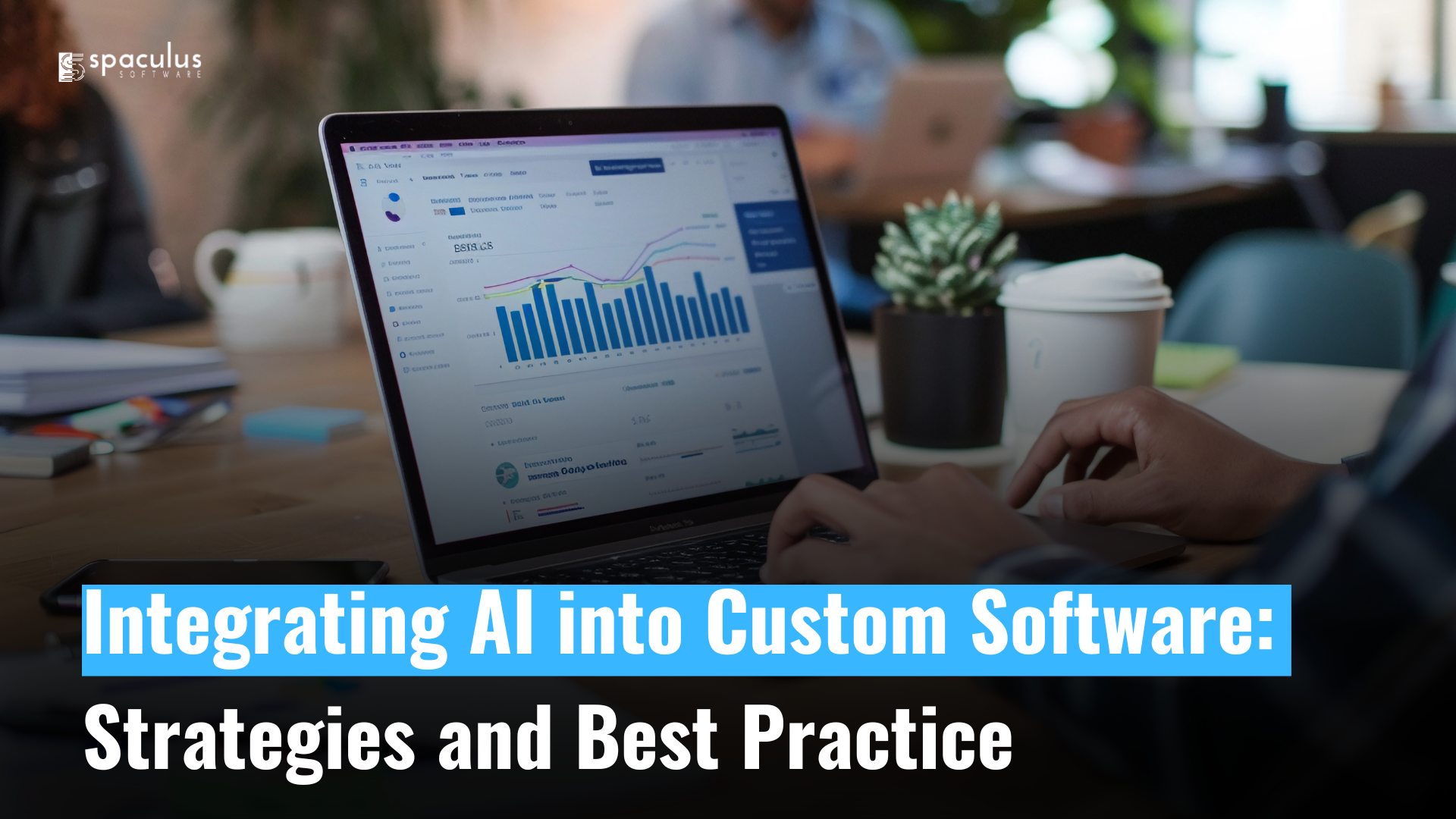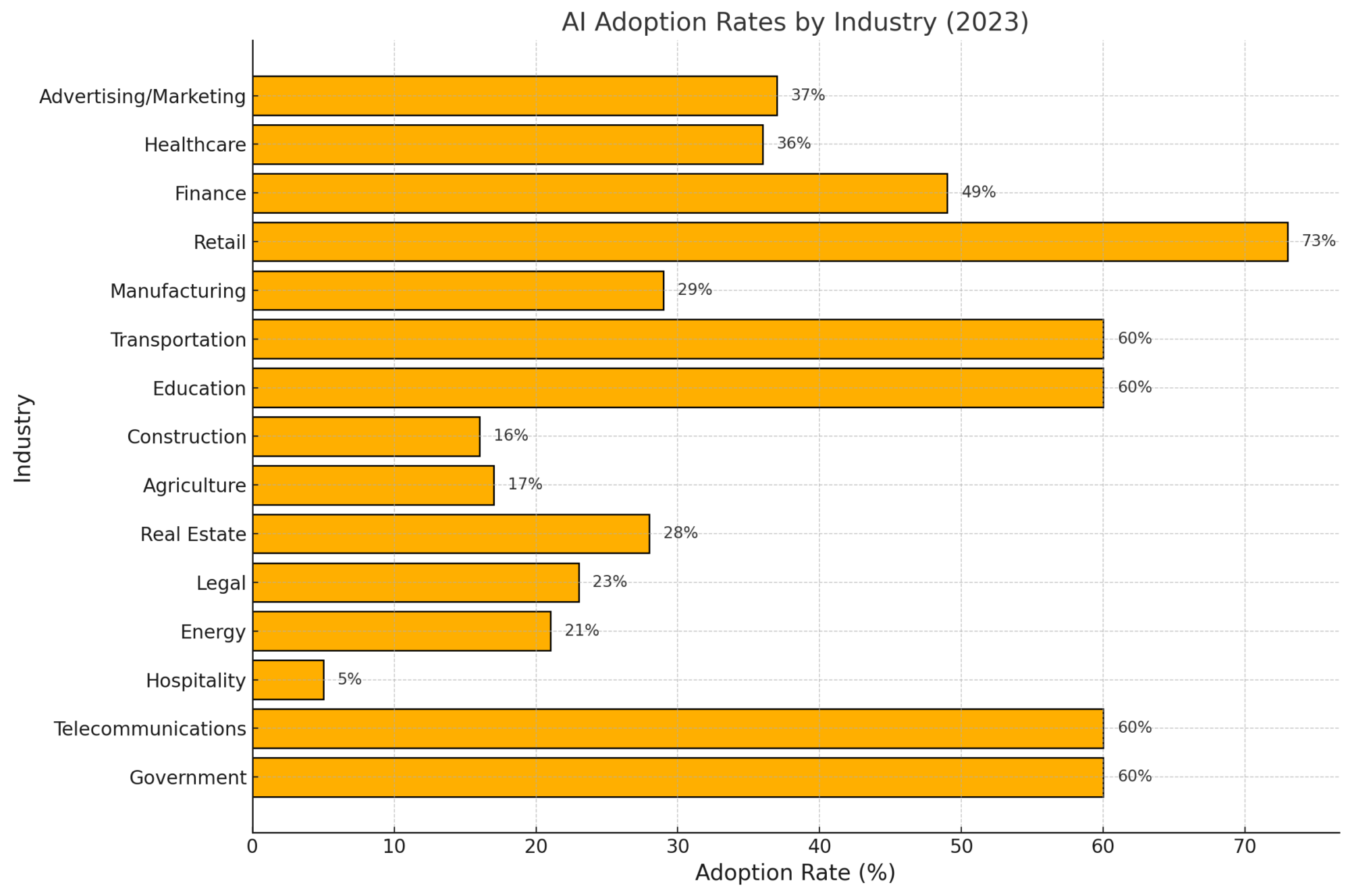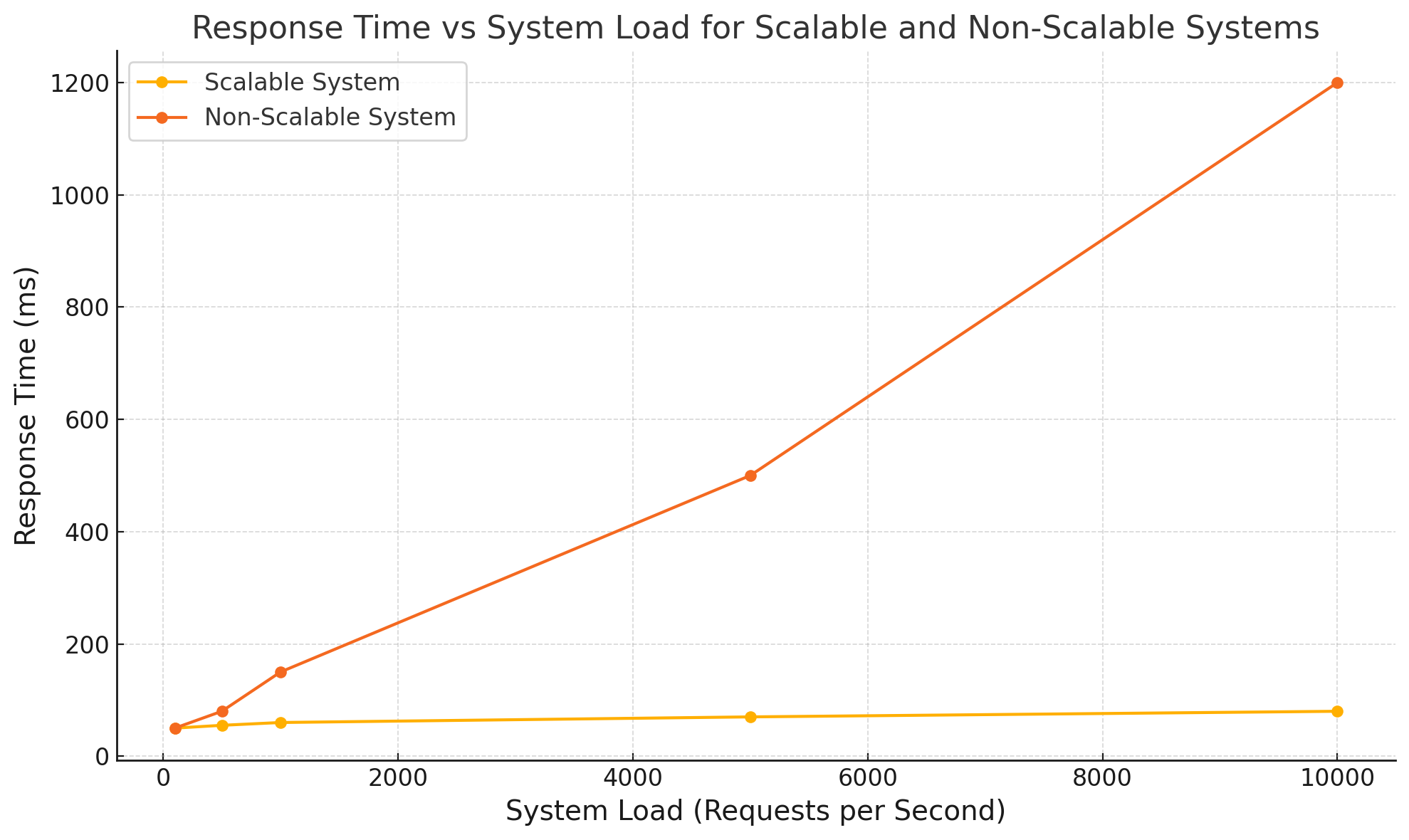
The way businesses build software is changing fast, and AI is at the center of it all. Companies are no longer just creating apps; they’re making them smarter, faster, and more efficient with AI-powered solutions. But the mobile app market is becoming more challenging every day. As research in 5 App Development Trends for 2025, industry experts say, “No, mobile apps market is really challenging right now, since the last 2 years mobile apps developers are not getting jobs.“ This means businesses must think ahead, use AI to solve complex problems, make better decisions, and simplify processes.
AI is no longer just an option—it’s becoming a necessity. The companies that integrate AI into their software today will be the ones leading the market tomorrow. Let’s explore how AI is transforming custom software development and why it’s the key to staying competitive in a rapidly changing digital world.
Before jumping into AI, it’s important to ask: is your organization ready for it? Think of it like preparing to build a skyscraper. You need a strong foundation, the right materials, and a skilled team. Similarly, companies must evaluate their technical capabilities, staff readiness, and budget.

Imagine a mid-sized company eager to use AI for customer service. They realized their current support team lacked experience with AI-powered tools. Instead of diving in, they arranged training sessions and hired an AI specialist to guide the process. This deliberate preparation ensured a smoother transition.
AI is only as smart as the data it learns from. Feeding it poor-quality data is like trying to bake a cake with spoiled ingredients—the result won’t be good. Companies need to organize, clean, and validate their data for AI to perform effectively.
Picture an online retailer struggling with inaccurate inventory predictions. They discovered their sales data was riddled with errors. By implementing a robust data pipeline and validation system, they ensured their AI-powered forecasting tool received accurate inputs, leading to better stock management.
Choosing the right AI model is like selecting the perfect tool for a job. Different tasks require different tools, and AI is no exception. The key is to align the AI model’s strengths with your business needs.
Consider a travel app that wants to suggest personalized itineraries. They experimented with collaborative filtering—a technique used by streaming services like Netflix. The model analyzed user preferences and behavior, enabling the app to recommend tailored travel packages that delighted users.

Scalability ensures your AI system grows alongside your business. Think of it as designing a house that can expand when you add more family members. If scalability isn’t considered, the system might collapse under increased demand.
A food delivery platform learned this the hard way. Their AI matching system worked flawlessly for 1,000 orders a day but started lagging as they expanded to new cities. By migrating to a cloud-based infrastructure, they scaled their system to handle 10 times the volume without compromising speed.
AI often handles sensitive data, making security a top priority. It’s like installing a vault in a bank—you need to ensure the contents are safe from threats. Developers must encrypt data, implement strict access controls, and stay updated on security protocols.
For instance, a telemedicine app used AI to analyze patient records. To ensure privacy, they encrypted all data and adhered to healthcare regulations like HIPAA. This not only protected users but also built trust, increasing the app’s adoption.
Integrating AI into mobile and web apps requires different approaches due to their unique limitations. Mobile apps often rely on lightweight AI models or cloud-based processing, while web apps can utilize more powerful, on-premise solutions.
Think of a language-learning app. On mobile, it used cloud-based AI for real-time translations to conserve device resources. On the web, the app ran more advanced grammar-checking algorithms locally, leveraging higher computational power for better results.
Technology evolves rapidly, and AI solutions need to keep pace. Future-proofing involves designing systems that can adapt to changes without requiring complete overhauls.
A logistics company developed an AI system for route optimization. They built it with modular components, allowing them to swap out older algorithms for newer, more efficient ones as technology advanced. This flexibility kept their system competitive over time.
Launching an AI product quickly while maintaining quality is a balancing act. It’s like baking bread—you need enough time for it to rise, but too much delay can make it stale.
A fintech startup adopted an iterative approach for their AI credit scoring tool. They launched a basic version first, gathered user feedback, and improved it in stages. This strategy helped them enter the market ahead of competitors while continuously enhancing their product.
9. Continuous Monitoring and Performance Optimization of AI Systems
Launching an AI-driven system isn’t the end—it’s just the beginning. Like any engine, AI models need ongoing tuning to stay efficient and accurate. Without continuous performance monitoring, models can drift, degrade, or produce results that no longer align with your business goals.
Key practices for sustained AI performance include:
For example, an insurance company launched an AI system for fraud detection. Initially accurate, it began flagging legitimate claims as suspicious. On investigation, they discovered the model hadn’t been updated with the latest policy rules. By implementing scheduled model reviews and continuous learning pipelines, they significantly improved system accuracy and restored customer trust.
AI development doesn’t live in a silo. For AI systems to deliver true business value, technical and non-technical teams must work together from the beginning. Developers understand the algorithms—but product managers, marketers, and operations teams understand the customer pain points and business goals.
Successful collaboration bridges the gap between tech capabilities and real-world application:
Take a retail company that implemented AI to optimize pricing. The data team built an impressive model, but without input from sales and marketing, it recommended price changes that confused customers. After establishing regular cross-team check-ins, they aligned the model’s suggestions with seasonal trends and promotions, leading to better adoption and increased revenue.
Integrating AI into custom software requires creativity, planning, and adaptability. By focusing on readiness, data quality, scalability, security, and future trends, businesses can unlock AI’s full potential. Each journey is unique, but with the right strategies, AI can transform software into a powerful tool that drives success and innovation.
Software Development